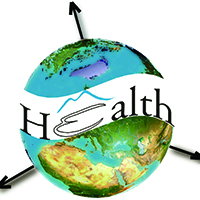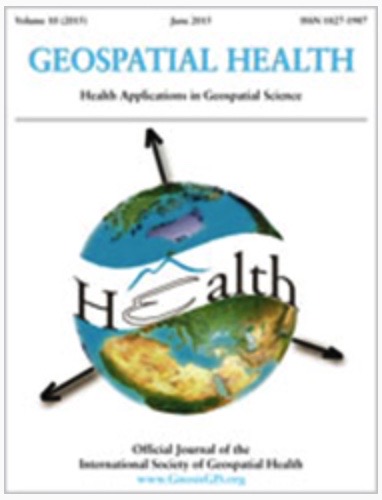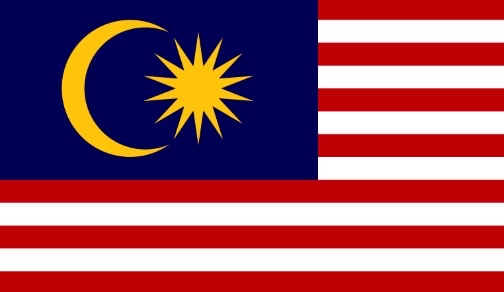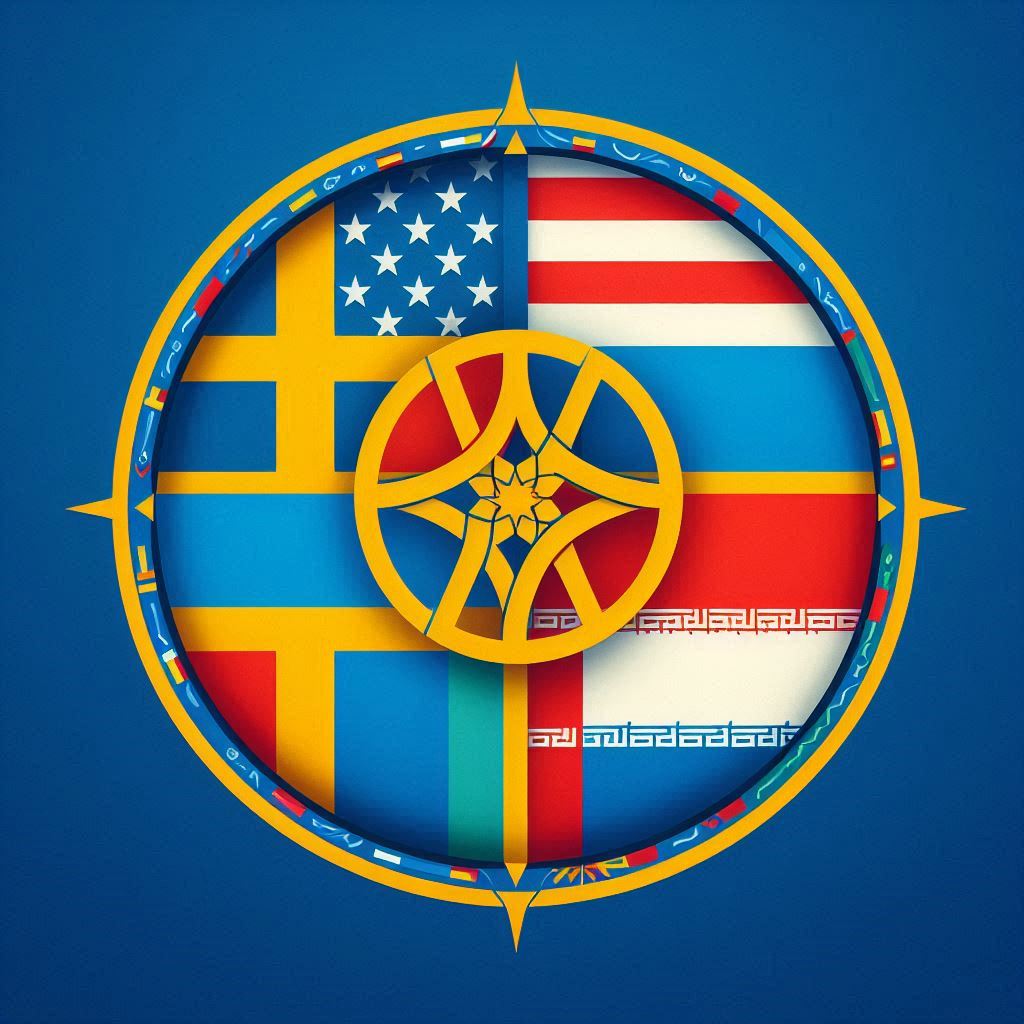Abortion and infant mortality change driven by socioeconomic conditions in Russia

Published: 17 March 2021
Abstract Views: 1990
PDF: 681
Appendix: 126
HTML: 196
Appendix: 126
HTML: 196
Publisher's note
All claims expressed in this article are solely those of the authors and do not necessarily represent those of their affiliated organizations, or those of the publisher, the editors and the reviewers. Any product that may be evaluated in this article or claim that may be made by its manufacturer is not guaranteed or endorsed by the publisher.
All claims expressed in this article are solely those of the authors and do not necessarily represent those of their affiliated organizations, or those of the publisher, the editors and the reviewers. Any product that may be evaluated in this article or claim that may be made by its manufacturer is not guaranteed or endorsed by the publisher.
Similar Articles
- Robert Bergquist, Jeffrey C. Luvall, John B. Malone, The changing risk of vector-borne diseases: Global satellite remote sensing and geospatial surveillance at the forefront , Geospatial Health: Vol. 16 No. 2 (2021)
- Aline Beatriz dos Santos Silva, Ana Catarina de Melo Araújo, Amanda Priscila de Santana Cabral Silva, Mirella Bezerra Rodrigues Vilela, Cristine Vieira do Bonfim, Spatial patterns of the total mortality over the first 24 hours of life and that due to preventable causes , Geospatial Health: Vol. 17 No. 1 (2022)
- Tris Eryando, Tiopan Sipahutar, Meiwita Paulina Budhiharsana, Kemal N. Siregar, Muhammad Nur Aidi, Dr. Minarto, Diah Mulyawati Utari, Martya Rahmaniati, Harimat Hendarwan, Spatial analysis of stunting determinants in 514 Indonesian districts/cities: Implications for intervention and setting of priority , Geospatial Health: Vol. 17 No. 1 (2022)
- Jihoon Jung, Yoonjung Ahn, Joseph Bommarito, Disparities in COVID-19 health outcomes among different sub-immigrant groups in the US - a study based on the spatial Durbin model , Geospatial Health: Vol. 17 No. s1 (2022): Special issue on COVID-19
- Marjan Zare, Ali Semati, Alireza Mirahmadizadeh, Abdulrasool Hemmati, Mostafa Ebrahimi, Spatial epidemiology and meteorological risk factors of COVID-19 in Fars Province, Iran , Geospatial Health: Vol. 17 No. s1 (2022): Special issue on COVID-19
- Amornrat Luenam, Nattapong Puttanapong , Spatial association between COVID-19 incidence rate and nighttime light index , Geospatial Health: Vol. 17 No. s1 (2022): Special issue on COVID-19
- Olga De Cos, Valentín Castillo-Salcines, David Cantarero-Prieto, A geographical information system model to define COVID-19 problem areas with an analysis in the socio-economic context at the regional scale in the North of Spain , Geospatial Health: Vol. 17 No. s1 (2022): Special issue on COVID-19
- Abdulkader Murad, Fazlay Faruque, Ammar Naji, Alok Tiwari, Mansour Helmi, Ammar Dahlan, Modelling geographical heterogeneity of diabetes prevalence and socio-economic and built environment determinants in Saudi City - Jeddah , Geospatial Health: Vol. 17 No. 1 (2022)
- Bruno Barbosa, Melissa Silva, César Capinha, Ricardo A.C. Garcia, Jorge Rocha, Spatial correlates of COVID-19 first wave across continental Portugal , Geospatial Health: Vol. 17 No. s1 (2022): Special issue on COVID-19
- Yunho Yeom, Jaehun Choi, The spatiotemporal dynamics and structural covariates of homicide in the Republic of Korea, 2008-2017: A dynamic spatial panel data approach , Geospatial Health: Vol. 17 No. 1 (2022)
You may also start an advanced similarity search for this article.











